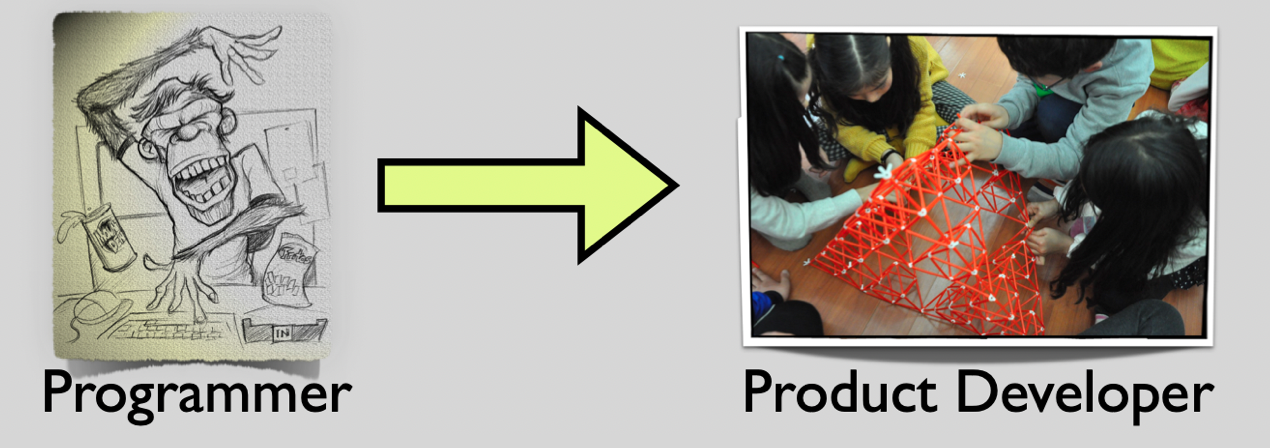The Rise Of The Product Developers - Part I, Beyond User Needs

Inspired by my colleague Bas Vodde’s recent conference talk, I’m embarking on a series about The Rise of the Product Developers. This first piece will focus on how Product Developers can adopt a strategic approach to user requirements.
